Gondia Tourism
Search related to Maharashtra Tourism

Gondia is a city located in the state of Maharashtra, India. It is situated in the northeastern part of the state, and it serves as the administrative headquarters of the Gondia district. The city is located on the banks of the Wainganga River, and it is surrounded by lush green forests and hills. Here, we will explore Gondia in detail and provide a comprehensive overview of its history, culture, economy, and attractions.
History of Gondia
The history of Gondia dates back to the prehistoric times. The region was initially inhabited by the Gond tribe, which is believed to have originated from the Dravidian race. The Gonds were a warrior tribe and were known for their fierce resistance against foreign invaders. During the medieval period, the region was ruled by the Maratha Empire. Later, it came under the control of the British Raj in India.
In 1905, Gondia was made a part of the Central Provinces and Berar province of British India. After India gained independence in 1947, Gondia became a part of the newly formed state of Madhya Pradesh. In 1960, it was transferred to the newly formed state of Maharashtra.
Culture of Gondia
The culture of Gondia is a blend of various ethnicities and traditions. The city has a predominantly Marathi population, but there are also significant populations of Gond, Banjara, and other tribal communities. These communities have their own unique customs and traditions, which are reflected in their art, music, and dance.
One of the most famous folk dances of Gondia is the Gondhal dance. It is performed by the Gond tribe during their religious ceremonies and festivals. The Banjara community is known for their vibrant and colorful dance performances, which are accompanied by traditional musical instruments like the dholak, dafli, and harmonium.
The city is also famous for its traditional cuisine, which includes dishes like puran poli, batata vada, and misal pav. These dishes are popular among locals and tourists alike.
Economy of Gondia
The economy of Gondia is primarily based on agriculture and forestry. The region is known for its rich soil and favorable climate, which makes it ideal for growing crops like cotton, soybean, and paddy. The city is also home to several large-scale cotton ginning and pressing mills, which contribute significantly to the local economy.
Apart from agriculture, forestry is another major source of income for the people of Gondia. The city is surrounded by dense forests, which are rich in teak, sal, and bamboo. These forests are managed by the Maharashtra Forest Department, which is responsible for regulating the forest produce trade in the region.
Tourism in Gondia
Gondia is a popular tourist destination, thanks to its rich history, cultural heritage, and natural beauty. The city is home to several famous temples, forts, and other historical monuments, which attract tourists from all over the world.
One of the most famous tourist attractions in Gondia is the Nagraj Hill Fort. The fort is believed to have been built during the 17th century and was used as a military stronghold by the Maratha Empire. The fort is located on a hill and offers panoramic views of the surrounding countryside.
Another popular attraction in Gondia is the Hazara Falls. The falls are located near the village of Salekasa and are known for their scenic beauty. The falls are surrounded by dense forests and offer visitors a chance to indulge in trekking and other adventure sports.
The city is also home to several famous temples, including the Kachargadh Shree Hanuman Mandir and the Khatra Ganesh Mandir
- State :
- Maharashtra
How to Reach Gondia
Complete List of Tehsils in Gondia District, Maharashtra
| S.No | Tehsil / Taluk Name | District Name | State Name |
|---|---|---|---|
| 1 | Amgaon | Gondia | Maharashtra |
| 2 | Amgoan | Gondia | Maharashtra |
| 3 | Arjuni Morgaon | Gondia | Maharashtra |
| 4 | Deori | Gondia | Maharashtra |
| 5 | Gondia | Gondia | Maharashtra |
| 6 | Gondiya | Gondia | Maharashtra |
| 7 | Goregaon | Gondia | Maharashtra |
| 8 | Sadak Arjuni | Gondia | Maharashtra |
| 9 | Sadak-Arjuni | Gondia | Maharashtra |
| 10 | Salekasa | Gondia | Maharashtra |
| 11 | Tirora | Gondia | Maharashtra |
Discover Exciting Places to Visit in Agra, Uttar Pradesh - Your Ultimate Travel Guide
Are you ready to explore the wonders of Agra, Uttar Pradesh? From the majestic Taj Mahal to hidden gems waiting to be discovered, our travel guide unveils the most captivating
Explore Exciting Places to Visit in Mumbai, Maharashtra - Your Ultimate Travel Guide
Ready for an adventure? Mumbai, in the beautiful state of Maharashtra, is packed with amazing places waiting to be explored! From iconic landmarks to hidden gems, Mumbai has something for
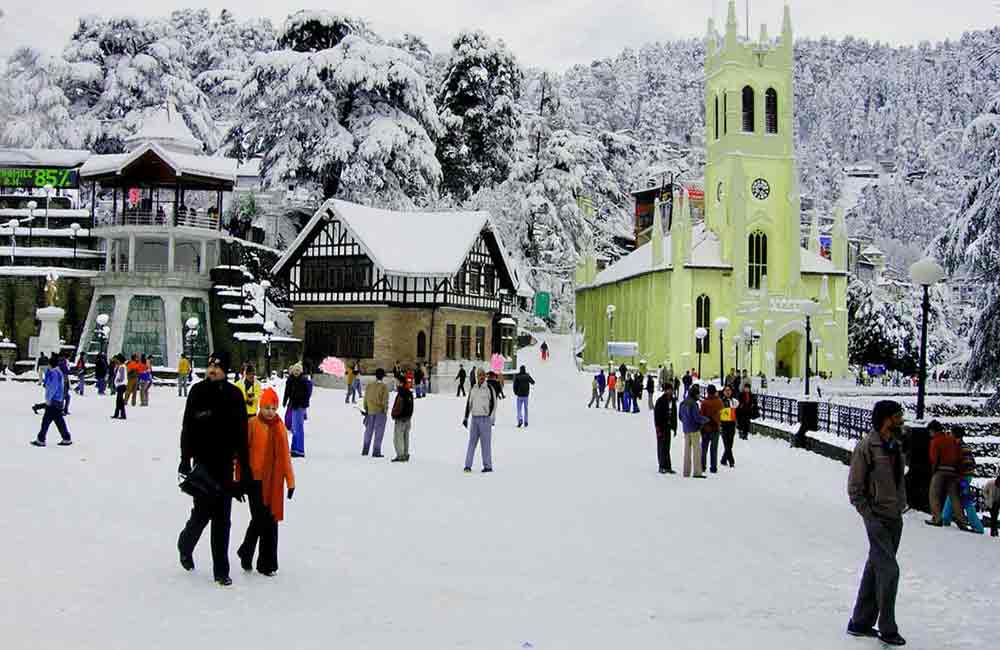
Explore the Wonderful Places to Visit in Manali, Himachal Pradesh - Your Ultimate Guide!
Ready for an exciting adventure? Discover the places to visit in Manali, Himachal Pradesh! From snowy mountains to lush valleys, there's something for everyone. Plan your trip now and explore
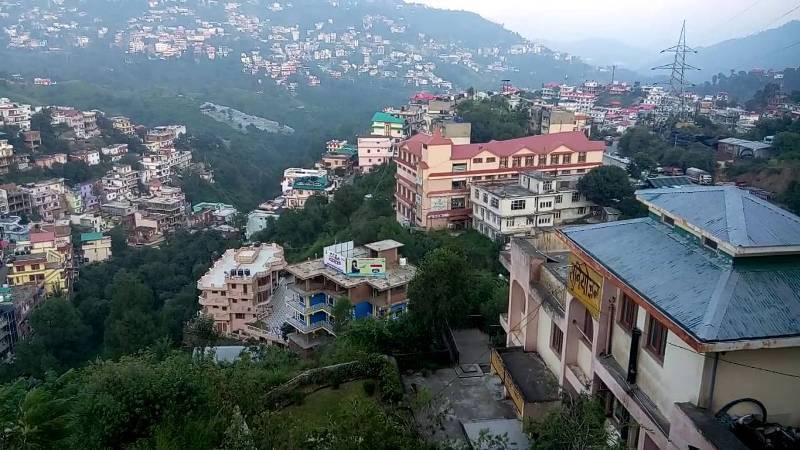
Places to Visit in Solan Himachal Pradesh - Explore the Best Tourist Spots
Discover the enchanting beauty of Solan Himachal Pradesh by exploring its myriad tourist spots. Whether you're seeking adventure or tranquility, Solan has something for everyone. From lush green valleys to
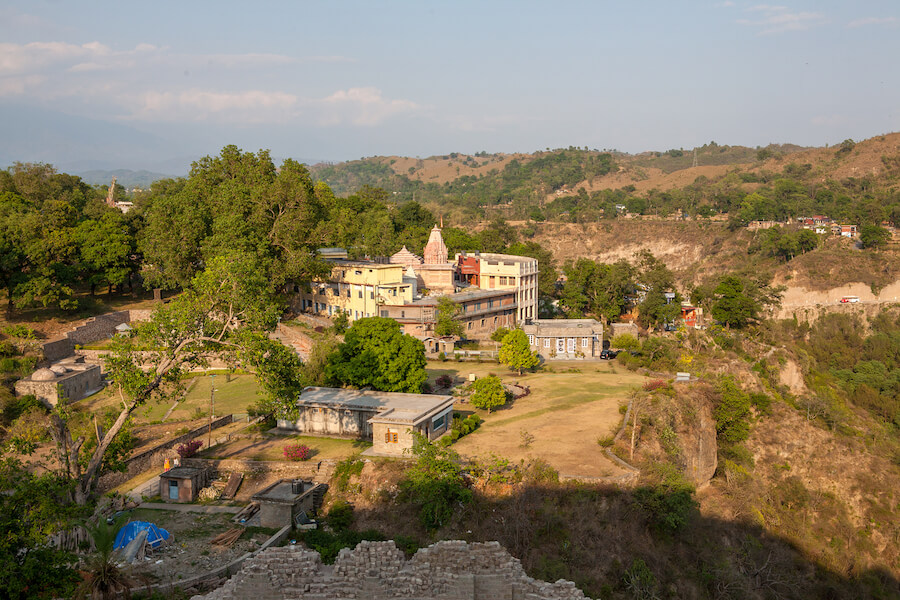
Discover the Best Places to Visit in Kangra, Himachal Pradesh: A Traveler's Guide
Ready for an exciting journey? Kangra, Himachal Pradesh welcomes you with open arms! Explore ancient temples, lush landscapes, and more in this enchanting valley. Let's uncover the best places to
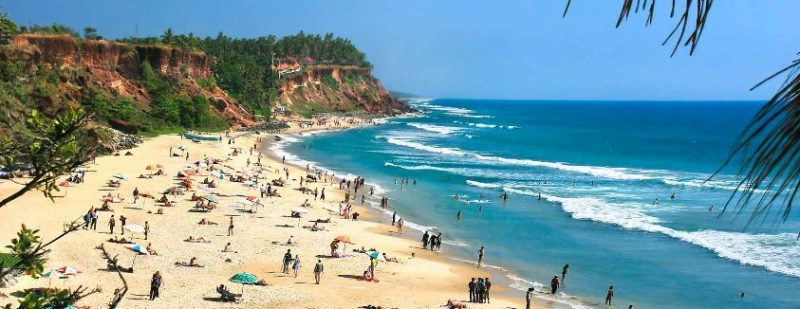
Explore Incredible Places to Visit in Varkala, Kerala: A Guide
Are you ready for an adventure? Varkala in Kerala is waiting for you! Discover the magic of this beautiful place with our guide to the best places to visit. From
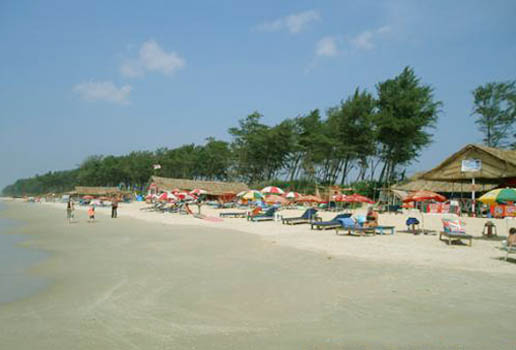
Explore Panaji, Goa: Discover the Best Places to Visit in the City
Ready for an adventure? Panaji, located in Goa, is packed with exciting places to visit. From ancient forts to picturesque beaches, there's never a dull moment in this lively city.
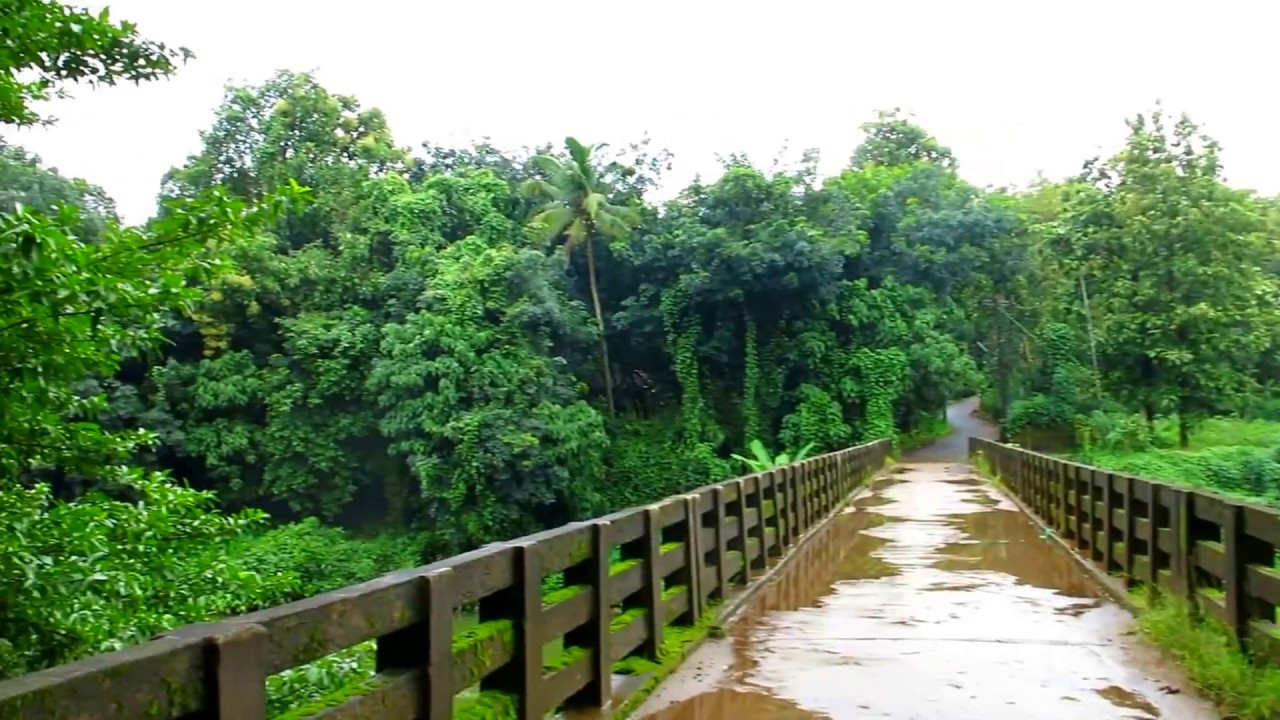
Explore the Best Places to Visit in Thrissur, Kerala – A Perfect Guide for Your Next Adventure!
Are you ready to explore Thrissur, Kerala? Get ready for an exciting journey through this vibrant city! Discover its rich history, stunning landmarks, and fascinating culture. With our guide to
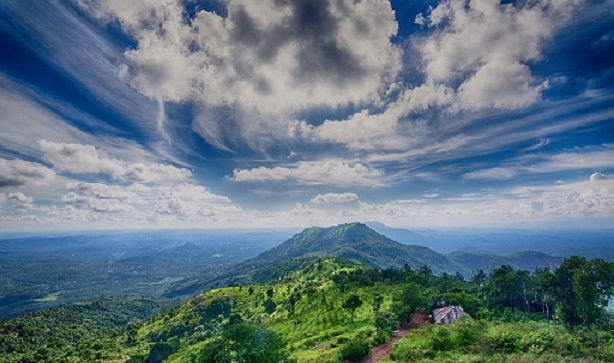
Explore the Best Places to Visit in Malappuram, Kerala - A Traveler's Guide
Dive into the beauty of Malappuram, Kerala with our ultimate travel guide! From picturesque beaches to fascinating historical sites, explore the best places to visit in Malappuram Kerala. Whether you're
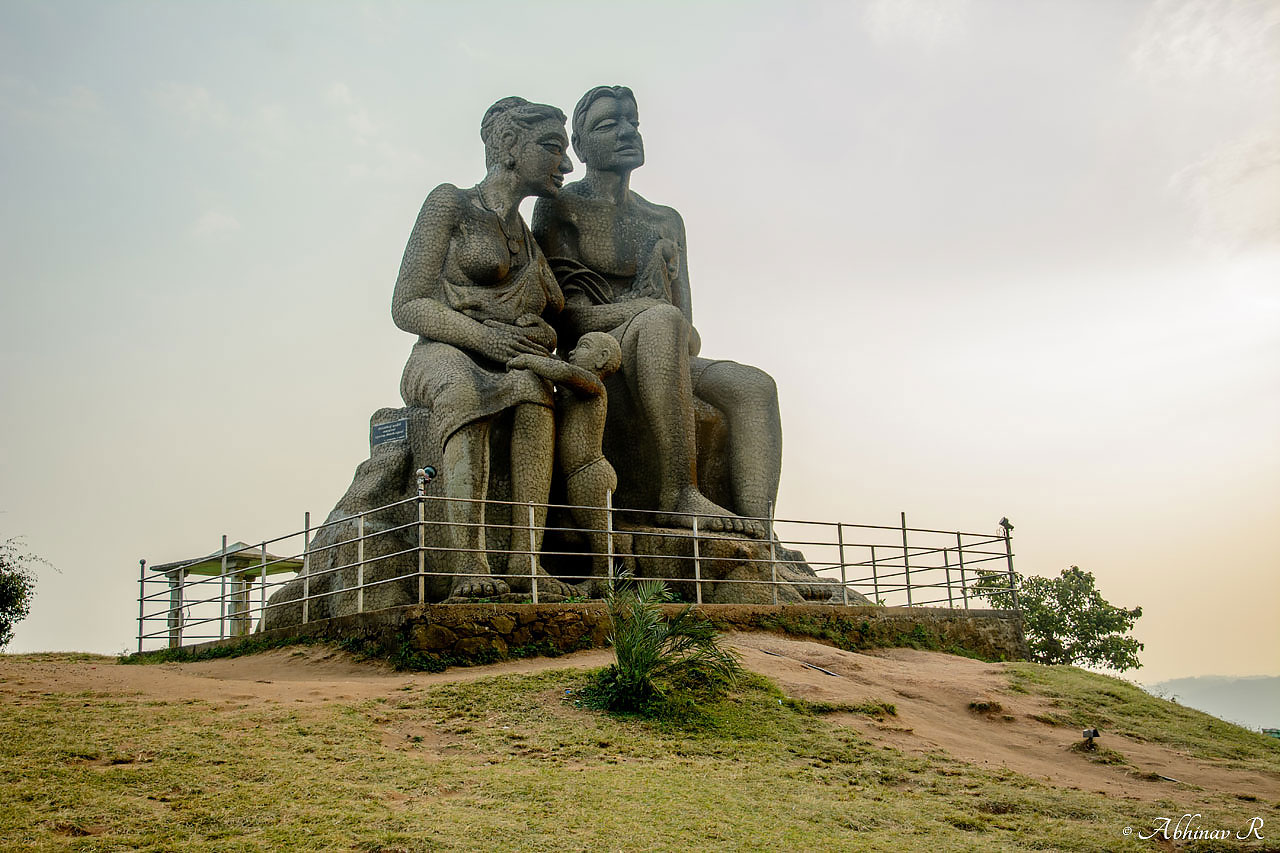
Explore the Best Places to Visit in Idukki, Kerala - A Traveler's Guide
Discover the mesmerizing beauty of Idukki, Kerala with our guide to the best places to visit. From breathtaking landscapes to serene lakes, explore the charm of this enchanting destination. Whether
- Destinations



